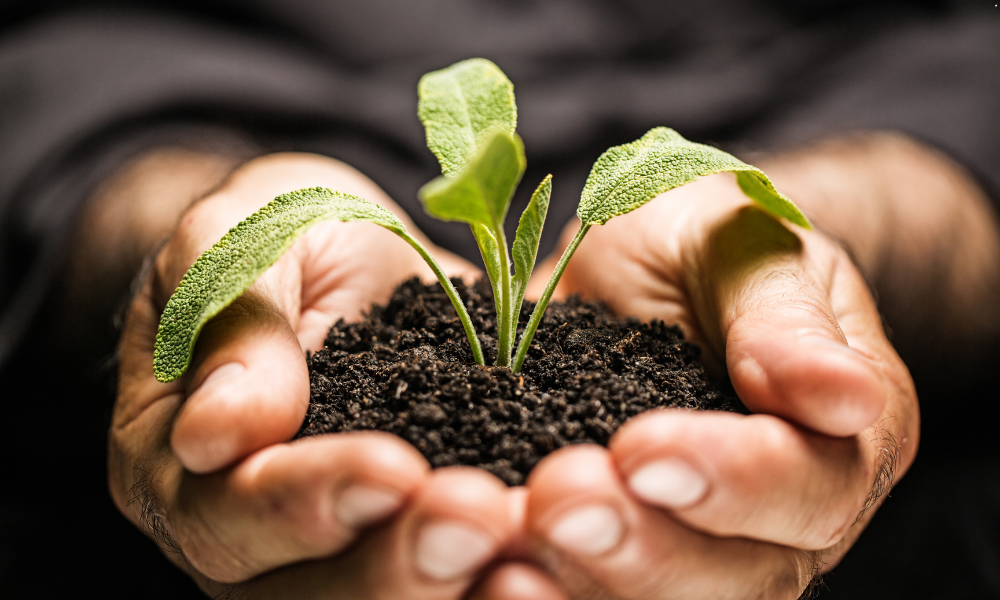By now, you’ve identified the identity you want to build, created a two-minute version of your habit, and developed a clear plan to integrate it into your routine.
This week, we’ll explore how to design your environment to make sticking to your habits easier.
Habits are triggered by cues, and the more obvious those cues are, the more likely you’ll act on them. However, hidden or subtle cues—like fruits in the back of the fridge or stationery tucked away—are easy to ignore. Therefore, by designing your environment to align with your habits, you can make positive cues more visible and increase the likelihood of sticking to your habits.
For example, if you want to floss regularly, place the floss next to your toothbrush instead of hiding it in a drawer. Small adjustments like this make good habits feel natural and effortless.
Here are some simple strategies for redesigning your environment:
- Place a Post-It note on the shower door to remind yourself to do burpees.
- Keep your journal on the kitchen table to encourage morning writing.
- Lay out your workout clothes the night before to prepare for a morning run.
- Change your phone’s lock screen to a photo of the book you want to read.
The key is to make the best choice the easiest and most obvious one. When your environment supports your habits, willpower becomes less critical, and good decisions come naturally.
Progress Check-In
At this stage, you have your two-minute version and a clear implementation intention. By the end of this lesson, you’ll learn how to design your environment to make your habit cues more visible. For instance, set out your meditation pillow. Or, place a book on the coffee table instead of the remote control.
Your physical space should work with your habits—not against them.
That’s all for now—see you in the next lesson!




Leave a Reply